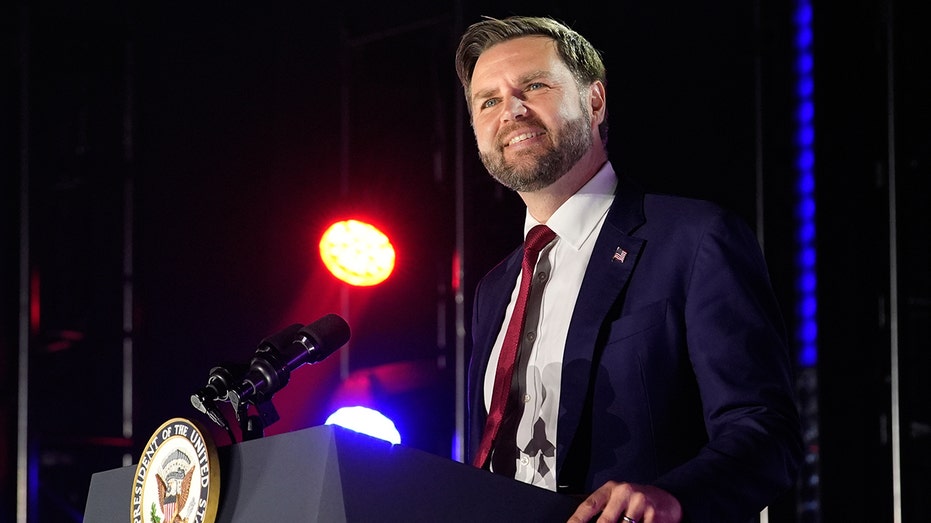The image arrived subtly, a fleeting glimpse during a speech. It wasn’t the words themselves, though those carried weight, but *how* they were delivered – the slight tilt of the head, the measured pause, the unwavering gaze. It was a screenshot, seemingly innocuous, yet it sparked a quiet fascination.

The photograph captured a moment of Barack Obama in full flow, mid-sentence, a cascade of thought visibly shaping his expression. It wasn’t a posed portrait, meticulously crafted for public consumption. Instead, it felt stolen, a genuine fragment of a larger performance, revealing the intricate mechanics of charisma.
Consider the power of a single frame to encapsulate years of leadership, debate, and hope. This wasn’t simply a picture of a former president; it was a distillation of an era, a visual echo of promises made and challenges faced. The image held a strange magnetism, drawing the eye to the subtle nuances of his face.
There’s a compelling study in how we interpret nonverbal cues, how a slight furrow of the brow or a gentle smile can completely alter the meaning of spoken words. This screenshot offered a chance to dissect that very process, to analyze the unspoken language of power and persuasion. It invited a deeper consideration of how leaders connect with audiences.
The simplicity of the image – a single, unadorned frame – amplified its impact. Stripped of context beyond the moment itself, it became a universal representation of communication, a reminder that true connection transcends political boundaries and ideological divides. It was a portrait of a speaker, and a portrait of us, the listeners.





